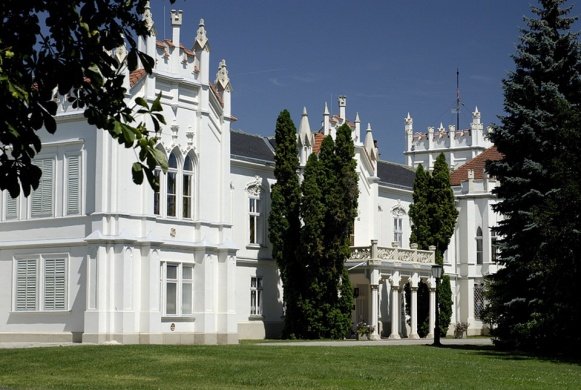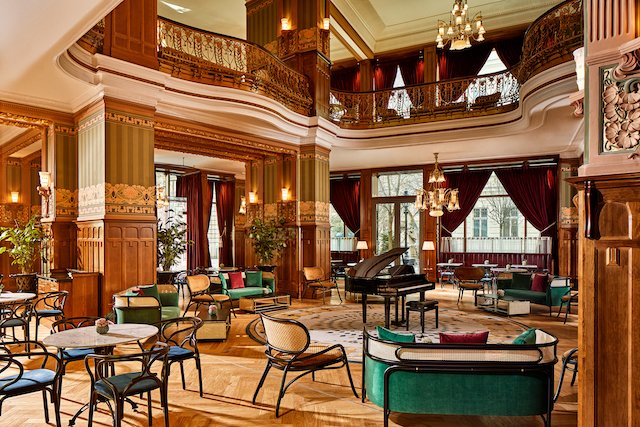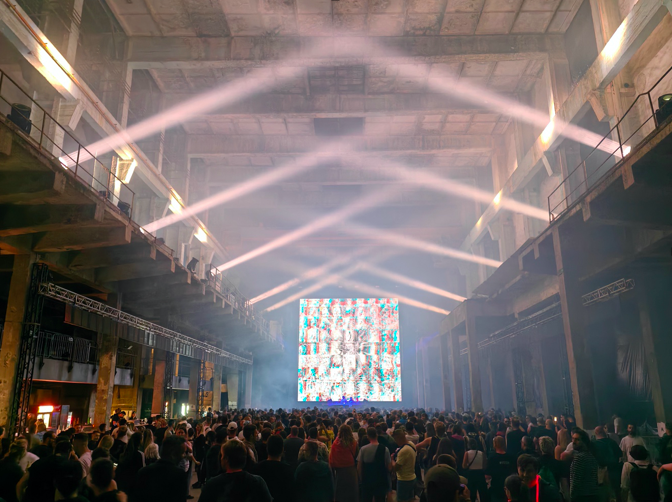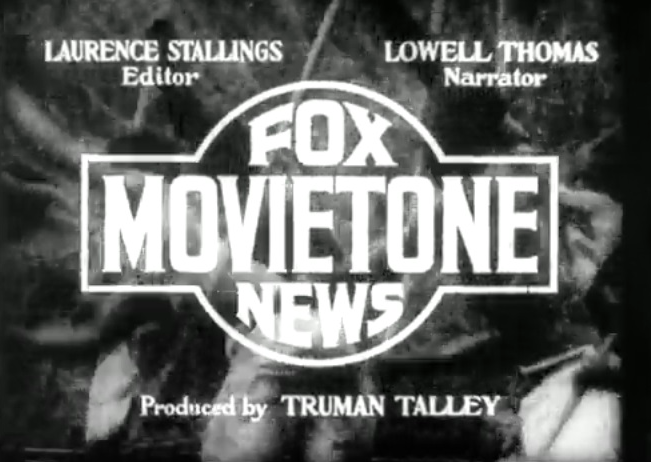Budapest Film Location: Castles in Hungary Part 2
zita kisgergely
This is part two of our homage to popular period TV series, such as Downtown Abbey, Bridgerton and The Buccaneers, where we highlight one of the many amazing castles and manor-style dwellings of Central Europe.
We wanted to bring you something extra special this week–it’s nearly Christmas, after all! An inspiring location where truly magical things could happen: Brunszvik Castle.
Brunszvik Castle. Photo via www.programturizmus.hu
There is something distinctly English about this place, with its Tudoresque architecture, stunning white walls, towers, and turrets, not to mention the sprawling gardens. This could be Hungary’s answer to Hogwarts. It’s not hard to imagine students honing their magic skills and swishing about the place in black capes.
Arguably, this gothic building is one of the most beautiful castles in Hungary. It’s a place one could imagine seeing a Mr. Darcy-like figure interrupted in his swim by an ingénue looking for love.
Brunszvik Castle is just half an hour from bustling Budapest but light years away in terms of atmosphere. Although on the surface there’s a romanticism befitting Jane Austen, looking more deeply into the history of the castle reveals a tragic love story more like a Brontë sisters novel.
At the beginning of the nineteenth century, back when the castle was still owned by the music loving Brunszvik family, Beethoven was a regular visitor. He had been asked to tutor two of the family’s daughters, Josephine and Therese, in the piano. Beethoven composed many of his pieces while staying here, including the Appassionata sonata. His piano and some of his personal correspondence with the Brunszvik family are on show inside the castle’s museum.
It seems Beethoven fell hard for Josephine and there are indications (in the letters) that his feelings were reciprocated. Sadly, the aristocratic family had no wish for Josephine to marry a ‘commoner’. Josephine was instead married off to someone far more acceptable. But she did continue her piano lessons with Beethoven even after she was married with children.
There may have been a second chance for the love birds to finally get together when Josephine’s husband passed away from pneumonia, but she was pressured by her family to cut ties with Beethoven for good. If she had married him, she could have potentially lost custody of her aristocratic children. Crazy times indeed.
However, Beethoven’s legacy at Brunsvick Castle continues. His music is performed in the garden every summer in a series of concerts.
Flatpack Films has years of experience servicing international brands, agencies, and production companies. Filming in Hungary is easy when relying on their knowledge of the market and ability to solve complex needs. They bring the best that Hungary has to offer in terms of unique locations, exceptionally skilled crews, top-of-the-line equipment and technical solutions. Backed by an impeccable track record, Flatpack Films has worked with world-class clients including Samsung, Samsonite, Toyota, Braun, Chivas Regal and many more.
Get in touch and learn more about Budapest film locations, Hungarian film incentives, film tax credits in Hungary and how Flatpack Films can bring your project to life through a highly bespoke approach.
Sources & further reading:
https://turizmus.szekesfehervar.hu/catalog/details/414/lang/en


















































